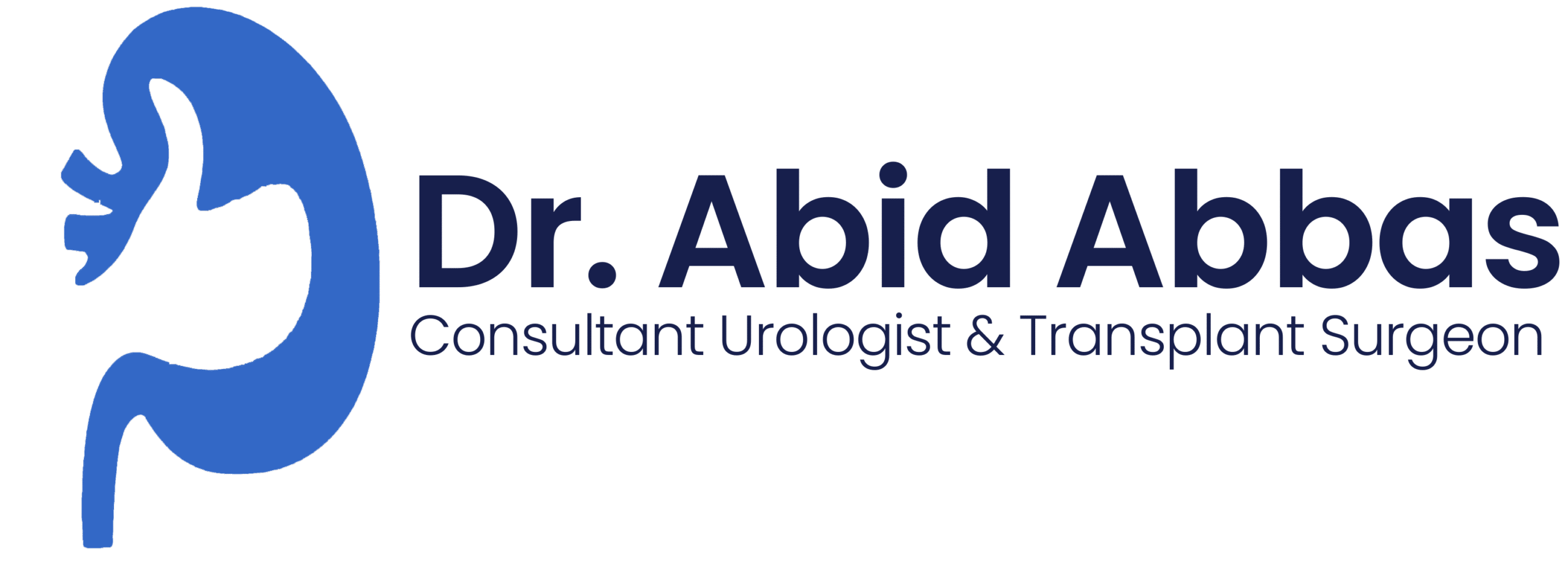A Minimally Invasive Solution for Urethral Strictures
Urethral strictures—narrowing of the urethra—can cause painful urination, weak urine flow, and recurrent infections. Optical Internal Urethrotomy (OIU) is a minimally invasive surgical procedure that provides relief by cutting the scar tissue obstructing the urethra.
Regain Comfort and Flow with a Simple Endoscopic Procedure
Optical Internal Urethrotomy (OIU) is an endoscopic procedure used to treat short-length urethral strictures. Unlike open surgery, OIU is minimally invasive and performed through the natural urinary passage using a small camera and cutting tool.
The goal is to open up the narrowed section of the urethra, restoring normal urine flow.
When is OIU Recommended?
OIU is usually the first-line surgical treatment for strictures that are:
- Short in length (usually <1–2 cm)
- Located in the bulbar urethra (the part of the urethra near the base of the penis)
- Not caused by complex or recurrent conditions
- Soft stones (uric acid or cystine stones)
- Failed catheterization attempts
How is OIU performed
OIU is typically done as a day-care or short-stay procedure under spinal or general anesthesia. Here’s what happens:

Scope Insertion:

Stricture Incision:

Catheter Placement:
The entire process usually takes 15 to 30 minutes.
Frequently asked questions
Optical Internal Urethrotomy (OIU) offers a simple, minimally invasive way to treat certain urethral strictures with quick results and minimal downtime. If you’re experiencing urinary difficulties and have been diagnosed with a stricture, OIU might be the effective solution you’ve been looking for.
✅ Minimally invasive — no external cuts or stitches
✅ Quick recovery time
✅ High success rate for first-time or short strictures
✅ Performed as an outpatient or day-care procedure
✅ Often provides instant relief from symptoms
After OIU, most patients can return home the same or next day. Here’s what to expect during recovery:
Catheter care: The catheter usually stays in for 3–7 days.
Mild discomfort: Some burning during urination or slight blood in urine is normal for a few days.
Improved flow: Most patients notice a stronger urine stream and easier urination once the catheter is removed.
Follow-up visits may be required to monitor healing and check for recurrence.
While OIU is generally safe, there are a few potential risks:
Recurrence of the stricture (especially after multiple procedures)
Infection
Bleeding
Temporary incontinence (rare)
OIU may not be suitable for long or complex strictures, in which case alternative surgeries like urethroplasty might be considered.
